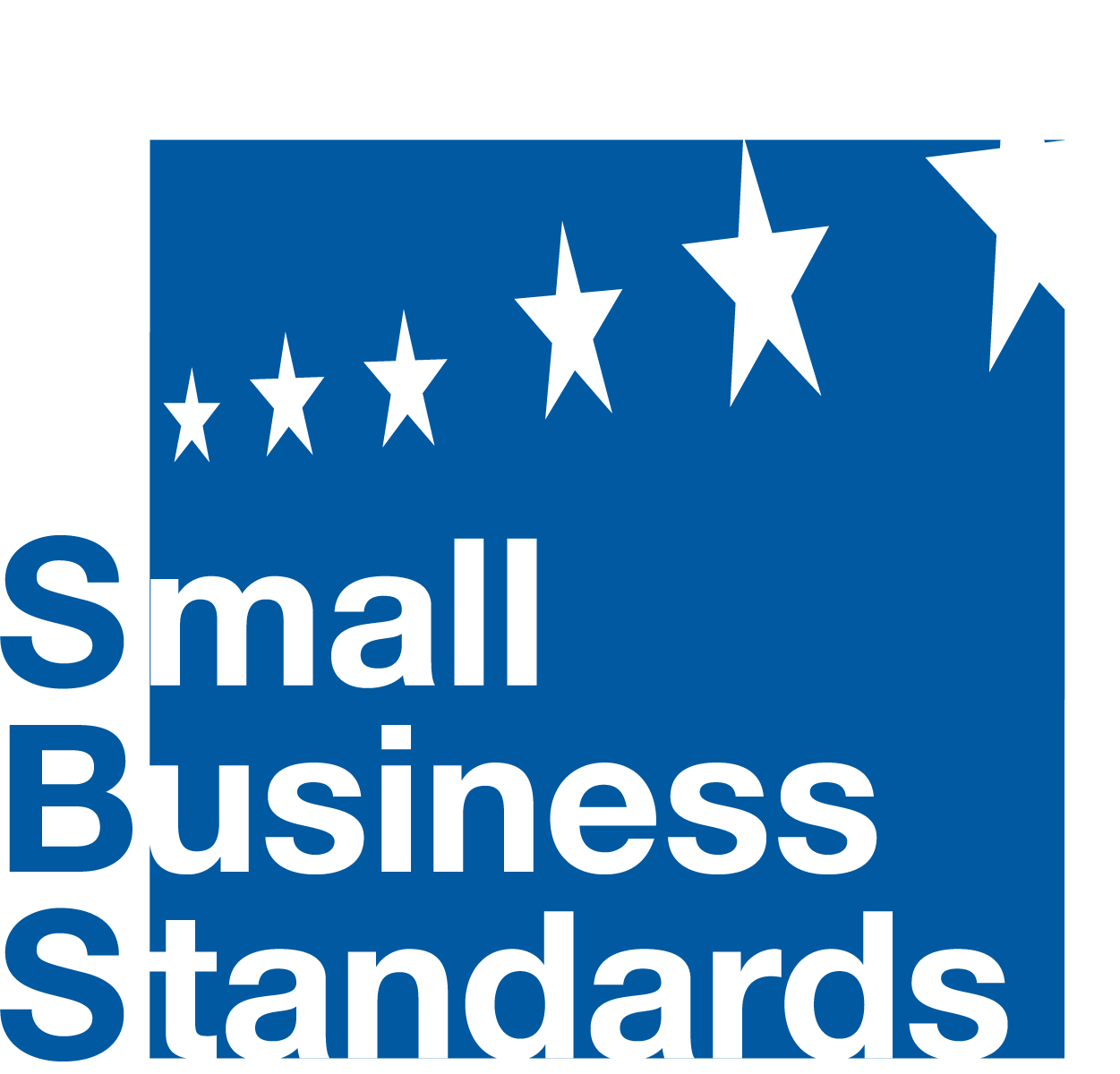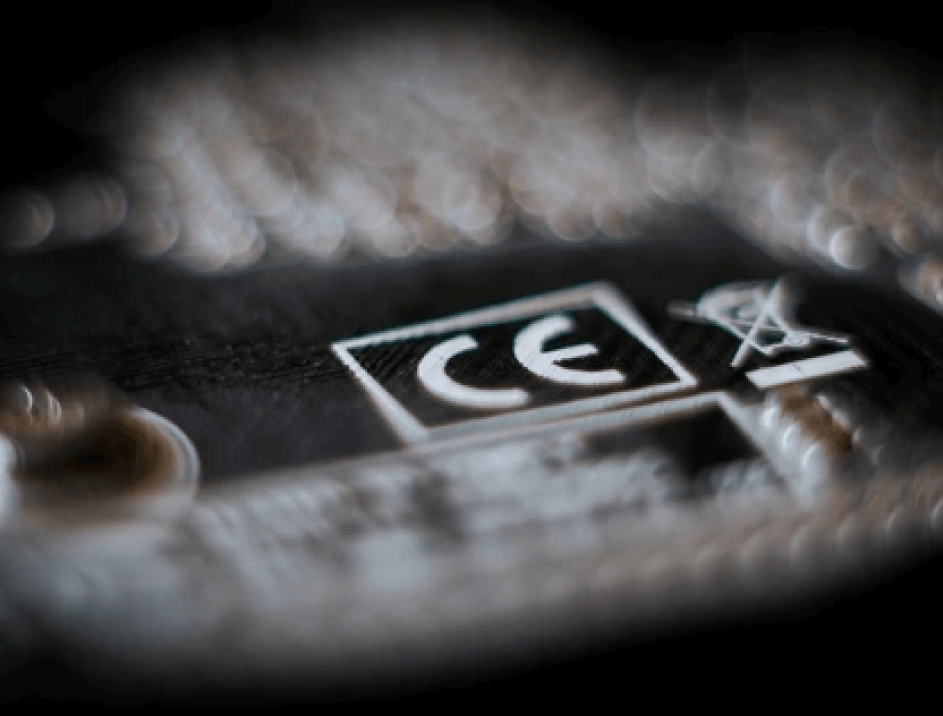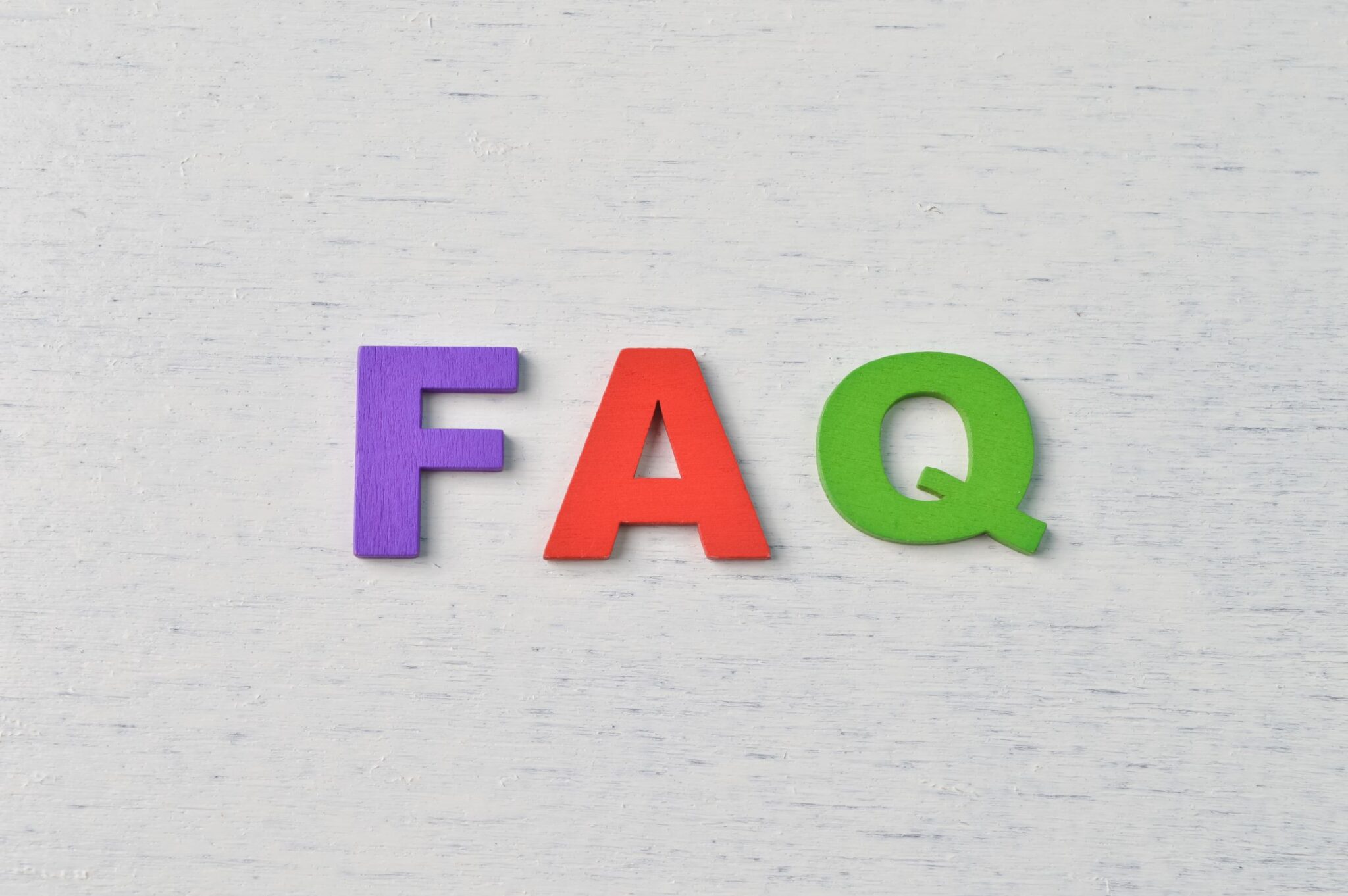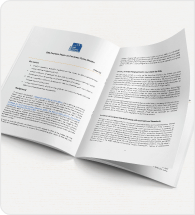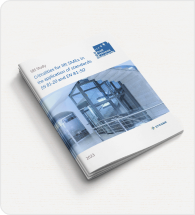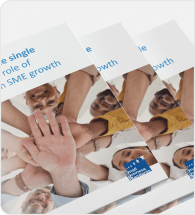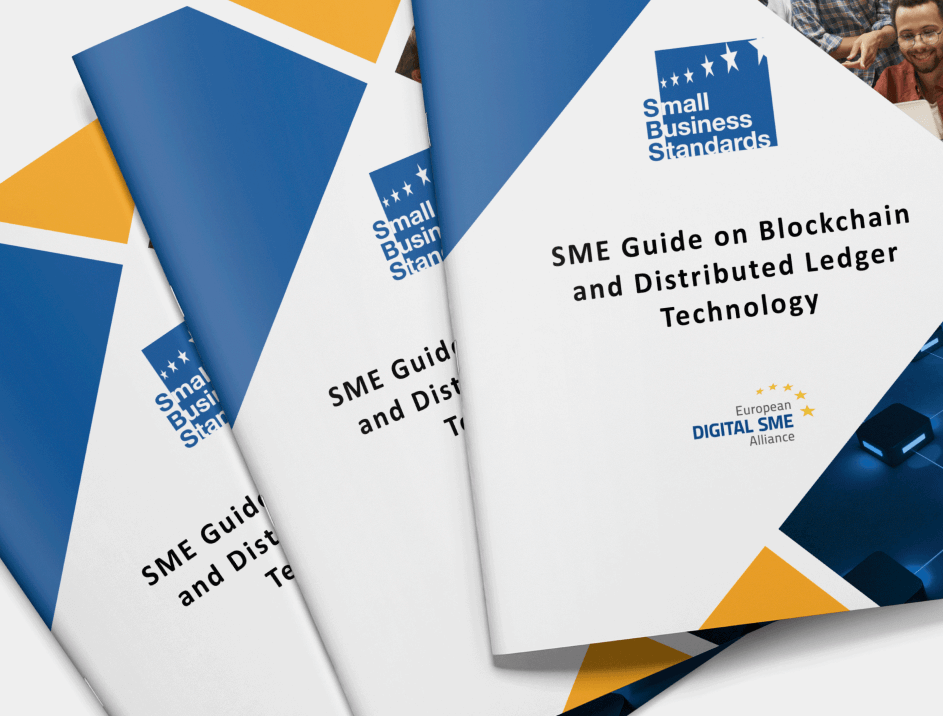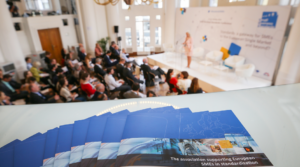Background
The below comments have been drafted in reply to the systematic review of the ISO/IEC 17:2016 that was launched in January this year. During the review, stakeholders can indicate whether the Guide should be confirmed, revised or withdrawn.
In the context of this review it is important to consider that the ISO/IEC Guide 17 has the same content than the CEN-CENELEC Guide 17 with the same title.
The Guide is still relevant, but could benefit from a revision
Micro, small and medium-sized enterprises (SMEs) make up the largest part of the global business landscape, They are a crucial part of international value chains and key in ensuring economic growth, innovation, and job creation. Indeed, SMEs stand for 90% of businesses worldwide and create 50% of jobs globally1. These numbers are even higher in Europe with SMEs accounting for 99,8% of all companies and creating 66.5% of all jobs. SMEs are also potentially the biggest users of standards and it is essential their specific needs and interests are taken into account in the standards development process.
Considering the above, Small Business Standards (SBS) sees the Guide 17 as very relevant and as an important tool available to Technical Committees to ensure they consider SMEs when writing standards. However, SBS recognizes that the Guide could benefit from a revision to improve some aspects and to introduce some new elements in its content. For example, there is a need to insert wording related to the costs of buying external standards referred to in the technical document being developed and the costs for potentially translating those documents.
SBS believes that some aspects should be somewhat sharpened and include more concrete examples. Regarding new elements to be introduced in its content, a reference to the SME Compatibility Test for Standards could bring added value to the Guide. SBS has developed the so-called SME Compatibility Test which is a methodology to assess the compatibility of standards with SMEs. The Test builds on the CEN- CENELEC and ISO/IEC Guide 17 and is the starting point for possible improvements to a standard should the results of the test show that the SME compatibility of a given standard is unsatisfactory.
The intention is to rank standards into broad groups, good standards (those requiring little or no change), average standards (those which would benefit from some change) and poor standards (those causing substantial challenges for SMEs and which require urgent improvement). The test includes 11 criteria and 21 questions. The criteria address for instance normative references, availability of practical guidance, appropriate transition periods and costs linked to the implementation of the given standard.
The need to evaluate its use and promote the Guide
SBS recommends that ISO and IEC share any quantitative and qualitative measurements on the use of the Guide. If no such measurements or indicators exist, it would be relevant to put them in place. This assessment should let us know to what extent the Guide is being used by technical bodies when drafting standards. A qualitative analysis amongst the TC Secretariats would provide information on whether they find the Guide useful. This analysis would provide with relevant information for this and any future reviews.
As mentioned above, SMEs play a crucial role in global value chains and job creation and it is therefore essential that standards are compatible with SMEs. Consequently, it is important that the Guide is promoted appropriately so that standards drafters make actual use of it. SBS is therefore convinced of the importance of promoting the use of the Guide amongst standards drafters in TCs/SCs/WGs through webinars and presentations at technical body meetings.
Revision to be done in close cooperation with CEN, CENELEC and SME representatives
The ISO/IEC Guide 17 has the same content as the CEN-CENELEC Guide 17. If the ISO/IEC Guide is revised, it is imperative that it is done in close cooperation with CEN and CENELEC to ensure coherence between the Guides. Furthermore, should the Guide be revised it is important to involve representatives of SMEs in the process, such as SBS.
